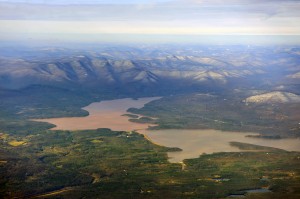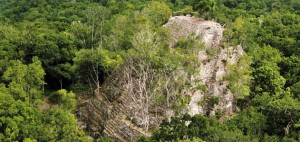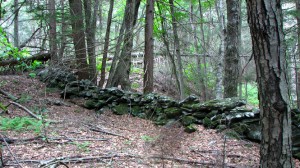An archaeologist dealing with a current event issue seems like an oxymoron, right? Most people are under the impression that archaeologists only study the ancient past. In reality, however, the goals of archaeology go far beyond finding hidden gems of prior time periods. Anthropologists also use archaeology as a means of studying modern day issues, such as illegal boarder crossing through the Sonora desert.
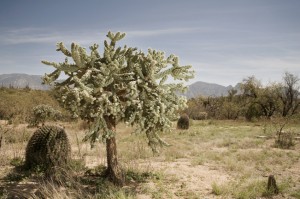
Sonoran Desert-North American desert covering large parts of the Southwestern United States and Northwestern Mexico
Since 2000, four and a half million people have been caught crossing the Sonora desert with the hopes of finding a better life in America. Along the way, approximately three hundred and thirty people will be caught each year and each day one person will die in their attempt to cross. While only a fraction of migrants will make it through the desert and live to tell their story, the items that they leave behind do all of the talking. As the migrants walk, they constantly leave behind material remains, making the Sonora desert an archaeologist’s wonderland.
In order to better analyze the people who choose to embark on the treacherous journey, Jason de León, author of “Better to be Hot than Caught,” studies the material culture of the Sonora desert. Using archaeological techniques, de Léon and his team can survey the desert and find artifacts that, combined, tell a story of the lives of migrants that cross the desert. While the Sonora is quite expansive and de León is not able to survey the entire desert, he has been able to compile a substantial amount of information.
In examining the material remains it quickly becomes clear that the migrants are quite misinformed regarding the items that will be most beneficial in crossing the desert; they are afraid of the wrong things. For example, in an effort to avoid detection, they wear dark clothing increasing their chance of heat-related illness. Additionally, most water bottles that are found have pictures of saints on them which show that the migrant’s culture is deeply rooted in religion.
These two examples illustrate how utilizing an archaeological approach can provide interesting insight into a modern cultural phenomenon. As an active member of Amnesty International, I knew a bit of background about the hardships faced by migrants in the Sonora desert. However, it was not until reading Jason de León’s work that I could truly contextualize the severity of the situation. Ultimately, Jason de Leóns “Undocumented Migration Project” has helped me, and hopefully many other people, understand more about the life of migrants in the Sonora desert, as well as opening people’s minds to the far-reaching influences of archaeological work.
References:
De León, Jason. “Introduction.” The Undocumented Migration Project. Word Press, n. d. Web. 8 Oct. 2013. <http://undocumentedmigrationproject.com/home/about/>.
Image 1: http://pri.org/sites/default/files/migration/PriMigrationsDamanticWordpressAttachmentsImagesMigration/www.theworld.org/wp-content/uploads/SONORAN.jpg
Image 2: http://thereaganwing.files.wordpress.com/2007/09/desert-2.jpg

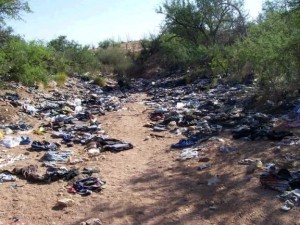

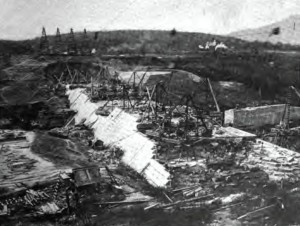
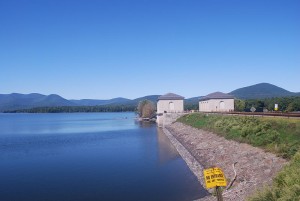
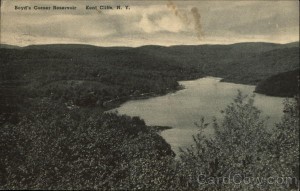
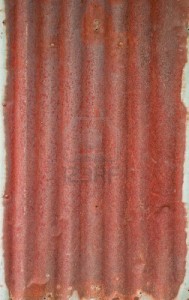
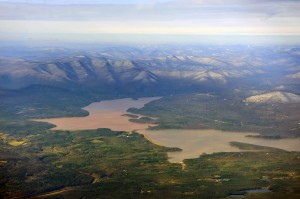

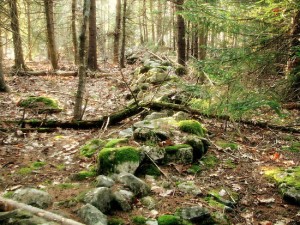
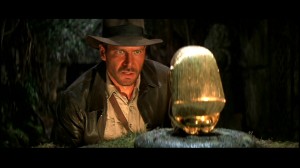
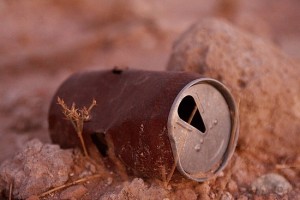
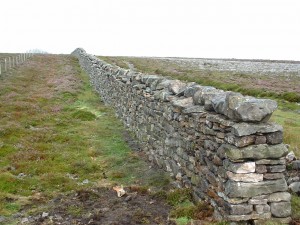
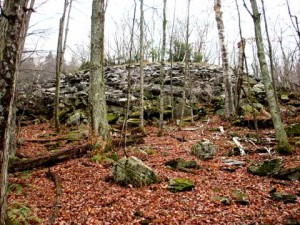
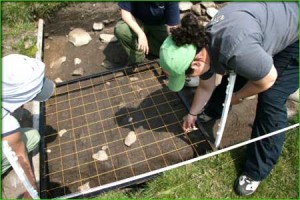
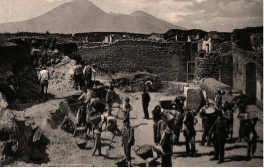
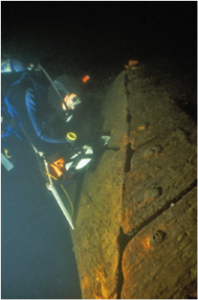
 This photo illustrates this pretty well. See how the ground on the far side of the wall is lumpier, rockier, and has bigger trees, while the ground closest to the camera is flatter and has fewer rocks and smaller trees? That flatter ground was probably a field.
This photo illustrates this pretty well. See how the ground on the far side of the wall is lumpier, rockier, and has bigger trees, while the ground closest to the camera is flatter and has fewer rocks and smaller trees? That flatter ground was probably a field.
 A tree in a pasture vs. trees in a forest. Note the differences in shape and number of low-lying branches.
A tree in a pasture vs. trees in a forest. Note the differences in shape and number of low-lying branches.